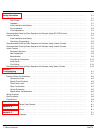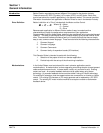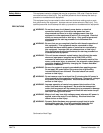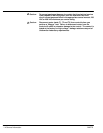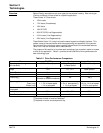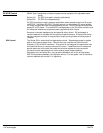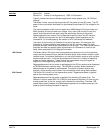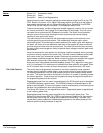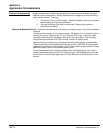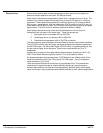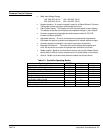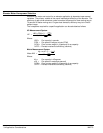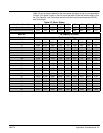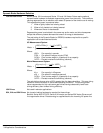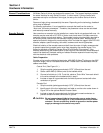
2-4 Technologies MN770
Vector Series 17H Encoderless Vector
Series 18H Vector
Series 22H Vector (Line Regenerative)
Vector drives are used in elevator applications where speeds range from 50 to over 700
FPM. Baldor is a pioneer in Flux Vector Technology and we continue to be the leader in
new product development with our Series 18H Vector Drive, Series 22H Line REGEN
Vector Drive and our recently introduced 17H Encoderless Vector Drive.
These are three phase, variable voltage and variable frequency controls. Like an inverter,
the control converts AC input voltage to a fixed voltage DC bus supply. This bus is then
converted into a synthesized AC Sinewave to the motor. The Vector control precisely
controls current into the motor allowing the motor to produce less internal heating
resulting in more continuous torque.
The name Vector Drive comes from the mathematical analysis of the electrical circuit
formulas governing motor performance. This mathematical analysis uses a vector
coordinate system. By monitoring the relative position of the motor’s rotor with respect to
the stator, the vector drive can determine how much of the applied AC stator current will
produce torque and how much will produce heat. The vector drive continuously monitors
the rotor position and changes the vector of applied stator voltage to maintain peak motor
performance.
Vector drives sense the rotor position by monitoring a position feedback device (encoder)
mounted or directly coupled to the motor shaft. The most common feedback device used
with vector drives is an incremental encoder. Resolvers are sometimes used when
environmental conditions are severe. Baldor vector drive motors are supplied with rugged
H25 encoders that provide 1024 pulses per revolution (PPR) with quadrature.
Since the control uses standard encoder feedback (except 17H), regulation is very good
at 0.1% of set speed. Full rated torque is available from base speed to zero speed. Since
an AC induction motor is used, no brush maintenance is required as with a DC motor.
17H & 18H Controls The control may be programmed to operate in one of four operating zones; standard
constant torque, standard variable torque, quiet constant torque or quiet variable torque.
For elevator applications, only the quiet constant torque or quiet variable torque modes
are used. The control can also be configured to function in a number of operating modes
for custom operation. These choices are programmed using the keypad as explained in
the programming section of this manual.
Regenerated power from the motor is applied back to the DC Bus and must be dissipated
by REGEN Hardware (resistive load). The REGEN hardware is selected based on the
power to be dissipated. The amount of power, duration and frequency of the braking must
be taken into consideration when sizing these resistors.
22H Control The Series 22H Vector is a line regenerative control. Regenerated power is applied back
to the incoming power lines.
Regenerated power from the motor is applied to the incoming AC power lines. The
Series 22H control meets IEEE 519 (1992) for total harmonic distortion. By returning the
excess power back to the line, energy use is reduced for the building. The lower THD
causes fewer power problems for sophisticated equipment on the same power grid. No
external dynamic braking hardware is required.



